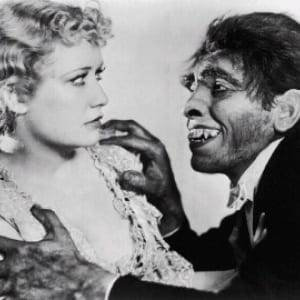In her brilliant feminist essay, A Room of One’s Own (1928), Virginia Woolf tries to understand why so few women were able to produce creative writing. In her study of English history, she notes that real women were treated as children and/or slaves. In literature written by men, ironically, women were crucial. “Indeed,” she observes, “if woman had no existence save in the fiction written by men, one would imagine her a person of the utmost importance; very various; heroic and mean; splendid and sordid; infinitely beautiful and hideous in the extreme; as great as a man, some think even greater.”
The same point might be applied to the representation of female figures in the visual arts. In the 19th century, there were very few professional women painters, sculptures, etc. And yet paintings of the time frequently treat female figures as of “utmost importance.”
Through a detailed description of one 19th-century picture at the Tate, discuss how it represents a female figure. Does she fall into one of Woolf’s categories? Is the woman depicted as “heroic” or “sordid” or “beautiful”? Does she seem “as great as a man,” or perhaps more so? Of course, you don’t have to use one of Woolf’s categories. Most of the images are created by male artists, but it would be interesting to think about those created by women artists. The crucial point is to support your perspective with careful description.



 Freud’s House is full of objects that he has collected. What kind of images does he seem to prefer? Which one catches your eye in relation to “The Uncanny”?
Freud’s House is full of objects that he has collected. What kind of images does he seem to prefer? Which one catches your eye in relation to “The Uncanny”?


 What is the most interesting aspect of London, its history, and its people that you have learned on the tour?
What is the most interesting aspect of London, its history, and its people that you have learned on the tour?



 The Egyptian mummy easily tosses the English Gentleman into the Thames (or, perhaps, the Cherwell).
The Egyptian mummy easily tosses the English Gentleman into the Thames (or, perhaps, the Cherwell).

